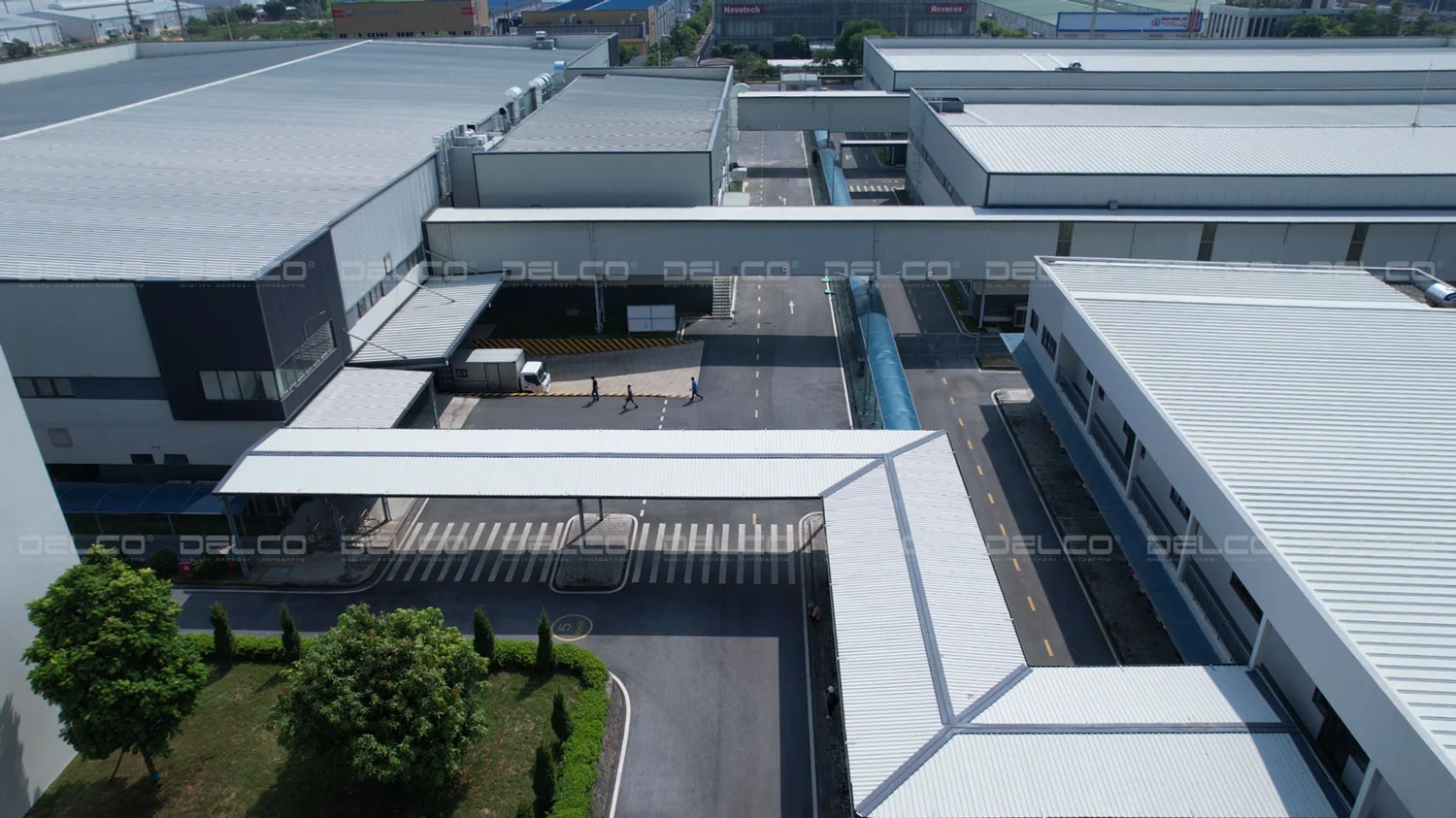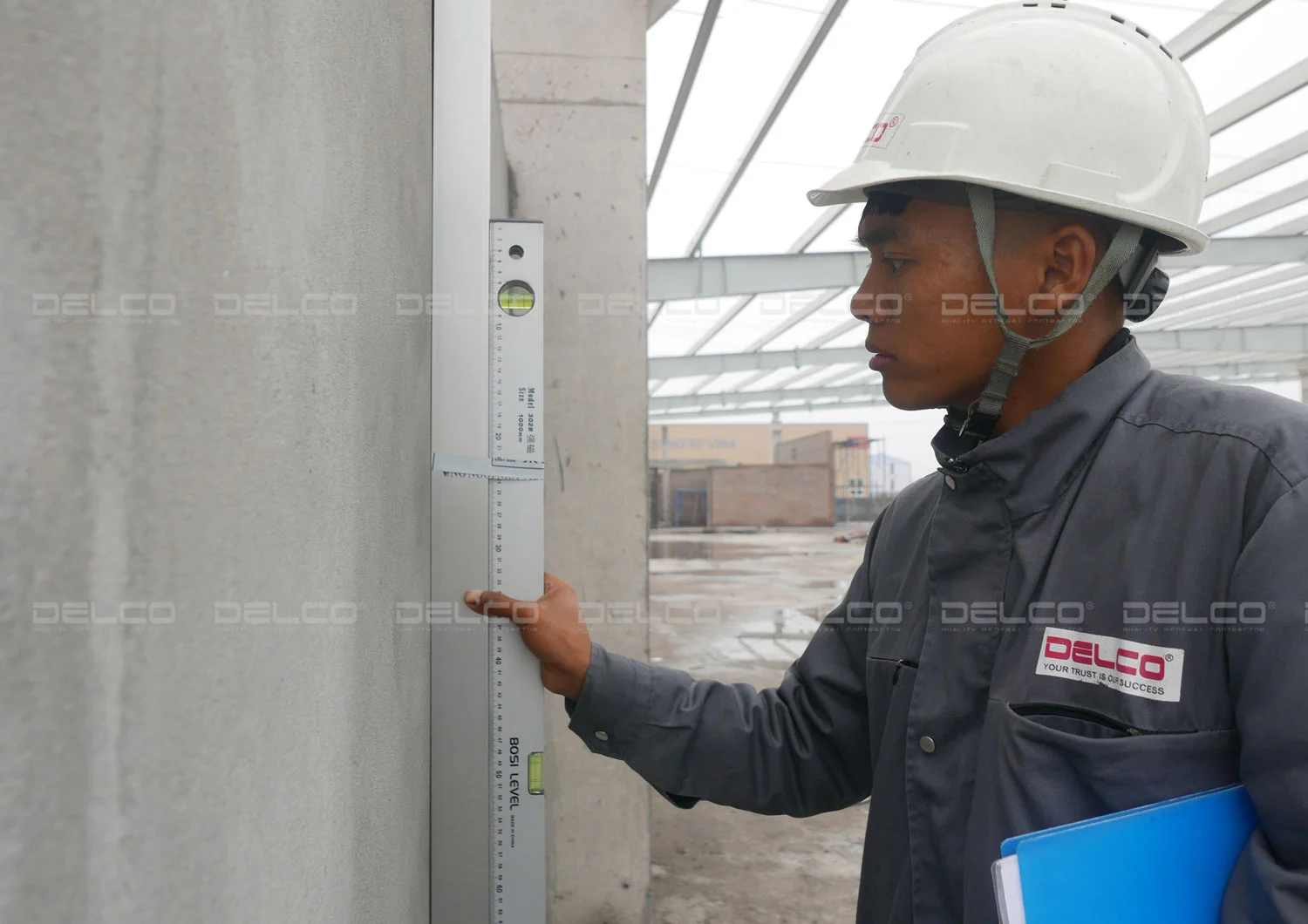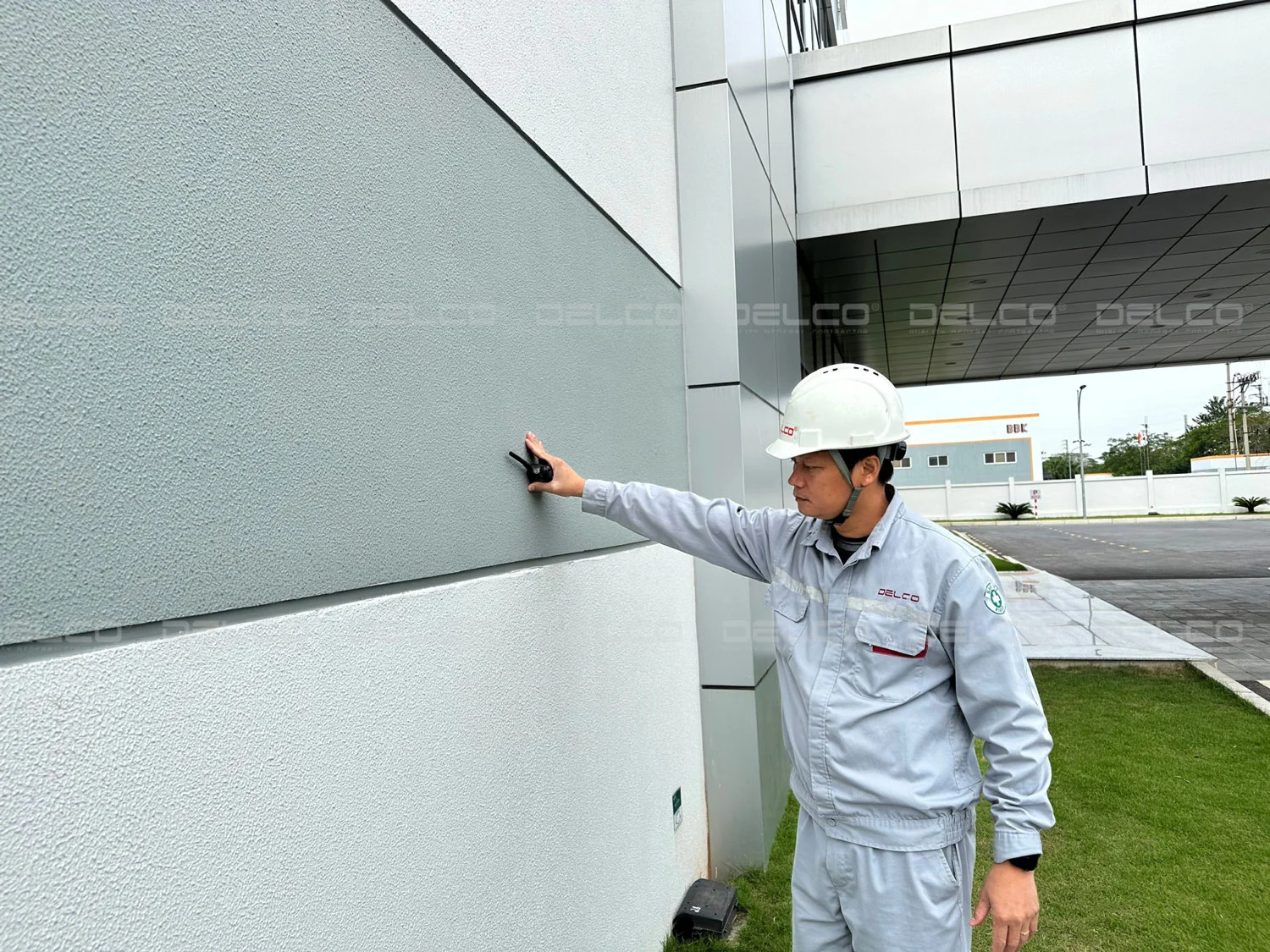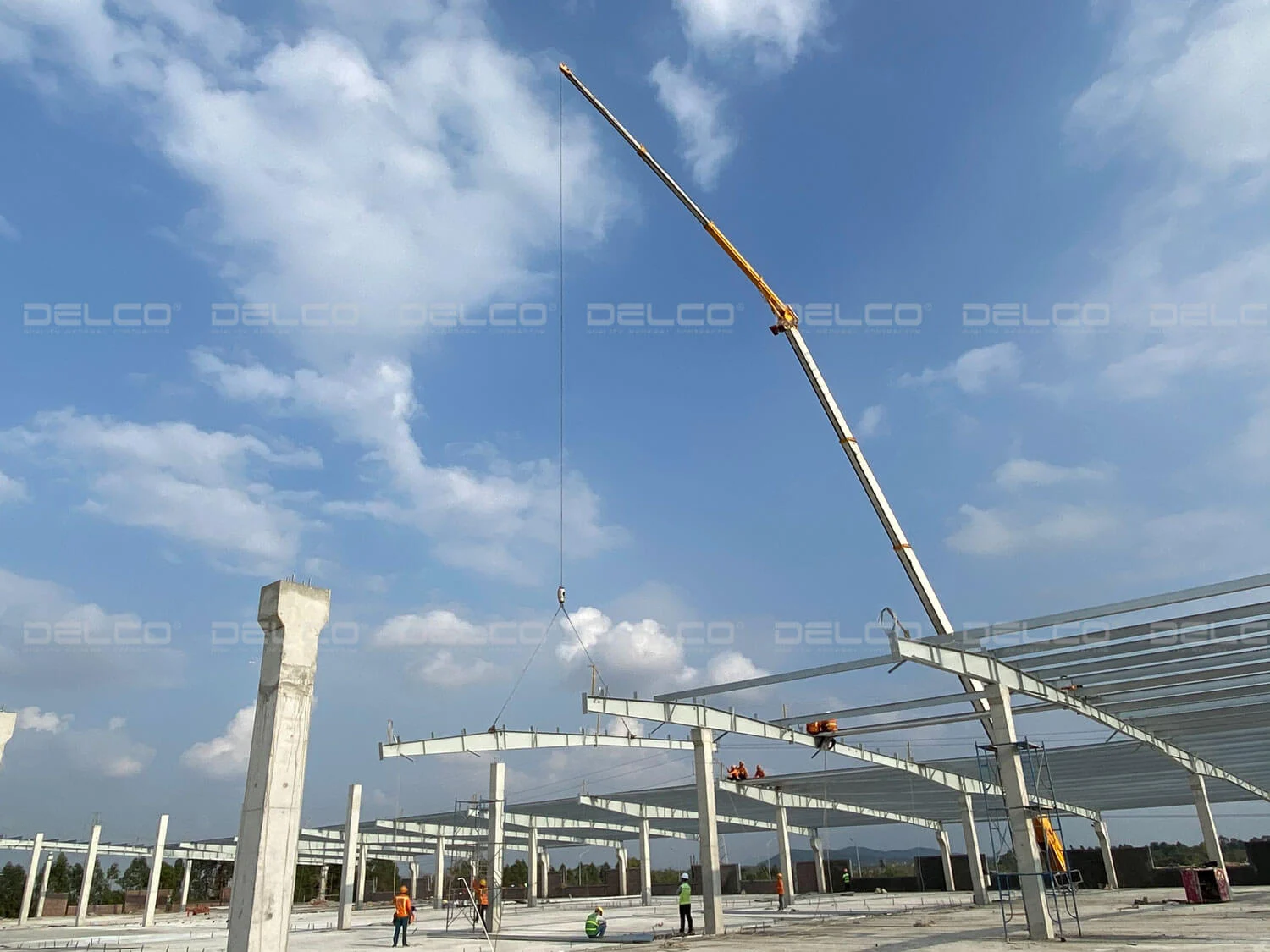Choosing the right structural solution plays a decisive role in investment costs, production timeline, and the long-term operational efficiency of a factory.
Comparison between steel structure factories and reinforced concrete factories
The two most common types of factory structures today are steel structure factories and reinforced concrete (RC) factories. Each has its own strengths and weaknesses, suited for different factory requirements:
| Criteria | Steel structure factory | Reinforced concrete (RC) factory |
| Materials | The main material is steel, including columns, beams, purlins, trusses, and connection details such as bolts and welds. | Made from conventional materials: cement, steel rebar, aggregates (such as sand and gravel), and water. |
| Construction time | Quick construction as steel components are prefabricated and delivered to the site for assembly. | Slower schedule due to multiple stages: installing rebar, formwork, pouring concrete, curing… |
| Construction techniques | Requires complex techniques and a skilled workforce to ensure precise welding and bolting. | Common construction method, easier to find local labor teams. |
| Structural characteristics and load-bearing capacity | – Compact structural sections, approximately 60% lighter than concrete, allowing for simpler foundation design. – High strength-to-weight ratio, suitable for projects requiring heavy loads and large spans. However, steel floors may vibrate more and offer less stability than concrete floors. | – Heavy material (up to 2,700 kg/m³), bulky structure, requiring a robust foundation. – Concrete floors are more solid, with good vibration resistance. However, they cannot span long distances and often need more columns, reducing usable interior space. |
| Construction cost | – Lower foundation cost thanks to lighter weight. – Higher ongoing maintenance costs: anti-rust and fireproof coatings are required. | – Higher foundation cost due to heavier structural loads. – Lower maintenance costs. |
| Fireproof, windproof | – Low fire resistance, requiring fireproof coatings or insulation materials. – Lightweight structure makes it more vulnerable to strong winds and storms, requiring strong anchoring and joint design. | – Naturally fire-resistant and compliant with fire safety regulations. – RC structures are highly stable with strong vibration and overturn resistance. |
| Finishing aesthetics | Prefabricated according to standard designs, limiting decorative options. | More flexible in design and aesthetics thanks to on-site formwork and casting. |
| Renovation and expansion | Modular structure allows for easy renovation and expansion. | Renovation is more complex, often involving concrete demolition. |
| Factory lifespan | Prone to corrosion in humid environments or those containing chemicals or salt. | Durable and long-lasting factory. |
| Recyclability | – Easy to dismantle and reinstall if the factory is relocated. – High scrap value after the end of life; steel can be recycled. | – Difficult or impossible to recycle. – Materials become construction waste after demolition. |
Choosing the right solution for investors
When comparing steel structure factories and reinforced concrete factories, it is clear that each type of structure is suited to specific project requirements and characteristics. Steel structure factories are ideal for projects with urgent timelines, fast-track construction schedules, or large floor areas that require open and airy spaces, such as warehouses, logistics centers, assembly production, electronics, textiles, and garments, etc.

Steel structure workshop at a plastics manufacturing factory in Hai Duong, by DELCO as the Design-Build Contractor.
On the other hand, reinforced concrete factories are better suited to industries that require high structural stability and minimal vibration, such as precision engineering, machinery manufacturing, or printing, as well as sectors operating in harsh environments involving chemicals or high fire risk.

Construction of a factory using a hybrid RC and steel structure system at the Power Plus Technology smart factory, by DELCO as the Design-Build Contractor.
In addition to the 2 main options above, many investors today opt for hybrid models combining RC and steel structures, especially for multi-storey factories. Columns, foundations, beams, and floor slabs are made of reinforced concrete to ensure load-bearing capacity, fire resistance, and durability. Meanwhile, the roofing and cladding systems are constructed using steel trusses and corrugated metal sheets to shorten construction time and provide open, well-ventilated production areas. This hybrid approach balances and leverages the advantages of both structural types.
There is no “one-type-fits-all” solution for every project. Investors should carefully consider factors such as budget, production plans, project timeline, and industry-specific requirements to determine the most suitable structural system.
See more: Advantages and disadvantages of common 2-storey factory models
See more: Comparison of advantages and disadvantages of steel structure factories






